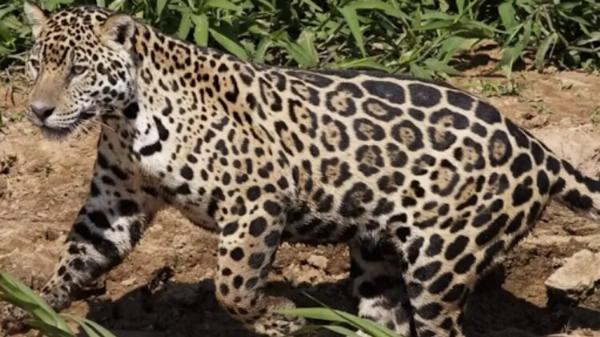Embarking on a journey to capture the mesmerizing world of wildlife through photography is an exhilarating adventure, brimming with awe-inspiring moments and thrilling encounters.
We can immortalize nature's inhabitants' raw beauty and untamed essence with each shutter click. However, to truly convey the magnificence of wildlife through our lens, we must arm ourselves with knowledge, patience, and a deep reverence for the subjects we seek to photograph.
Here, we’ll explore eleven invaluable tips that will empower you to transform your wildlife photography photos from ordinary to extraordinary.
Research and Preparation
Before photographing wildlife, research your subject and its habitat. Understanding animal behavior and movement patterns will help you anticipate where and when to find them. Additionally, familiarize yourself with the best times of day for wildlife activity and lighting conditions.
Use the Right Gear
Invest in quality equipment suited for wildlife photography. A telephoto lens with a long focal length (300mm or higher) is essential for capturing distant subjects without disturbing them. Consider a lens with image stabilization to minimize blur, especially in low-light conditions. Additionally, bring along a sturdy tripod or monopod to stabilize your shots.
Practice Patience
Wildlife photography requires patience and persistence. Be prepared to wait hours for the perfect moment to capture your shot. Avoid rushing or making sudden movements that could startle the animals. Instead, observe their behavior and wait for natural opportunities to arise.
Focus on the Eyes
The eyes are often the focal point of wildlife photos, conveying emotion and personality. Ensure that your subject's eyes are sharp and in focus. Use a wide aperture to create a shallow depth of field, drawing attention to the eyes while blurring the background.
Composition Matters
Pay attention to composition when framing your shots. Use the rule of thirds to create balanced and visually appealing images. Position your subject off-center and leave space in the frame for the animal to move or look into. Experiment with different angles and perspectives to add depth and interest to your photos.
Capture Action
Wildlife photography isn't just about capturing still moments; it's also about capturing the dynamic behaviors of animals in their natural habitat. Be ready to photograph action shots such as hunting, feeding, or grooming. Use a fast shutter speed to freeze motion and capture sharp, detailed images.
Be Mindful of Backgrounds
Pay attention to the background of your photos to avoid distractions that could take away from your subject. Look for clean, uncluttered backgrounds that complement rather than compete with the main subject. Adjust your composition or change your shooting angle to eliminate distracting elements.
Adjust Your Settings
Wildlife photography holiday often involves shooting in challenging lighting conditions, such as low or harsh sunlight. Learn to adjust your camera settings accordingly to achieve the best results. Use a higher ISO setting for low-light conditions, and adjust your aperture and shutter speed to control exposure and depth of field.
Shoot in Burst Mode
Animals can be unpredictable, so shooting in burst mode lets you capture a series of rapid-fire shots quickly. This increases your chances of getting the perfect shot, especially when photographing fast-moving subjects or fleeting moments.
Respect Wildlife and their Habitat
As a wildlife photographer, it's essential to prioritize the well-being of your subjects and their environment. Avoid disturbing or harassing animals for the sake of a photograph. Maintain a safe distance and use telephoto lenses to avoid causing stress or disrupting natural behaviors. Leave no trace of your presence and follow ethical guidelines for wildlife photography.
Continuous Learning and Practice
Wildlife photography is a continuous learning process. Take every opportunity to practice and refine your skills. Study the work of other wildlife photographers for inspiration and guidance. Experiment with different techniques and settings to develop your unique style. Most importantly, enjoy the process and appreciate the beauty of the natural world.
Conclusion
capturing incredible wildlife photos requires technical skill, artistic vision, and a deep respect for nature. By following these tips and embracing the challenges of wildlife photography, you can create images that showcase the beauty of wildlife and inspire others to appreciate and protect our natural world.
For further insights on this topic, explore more blogs at indibloghub.com




